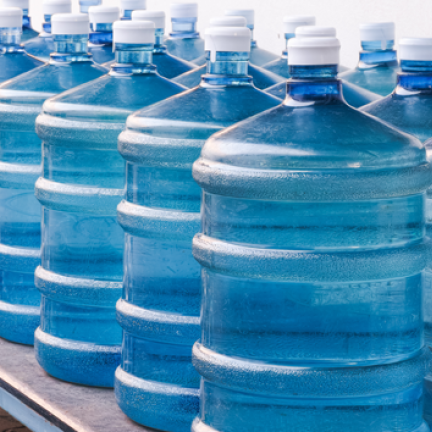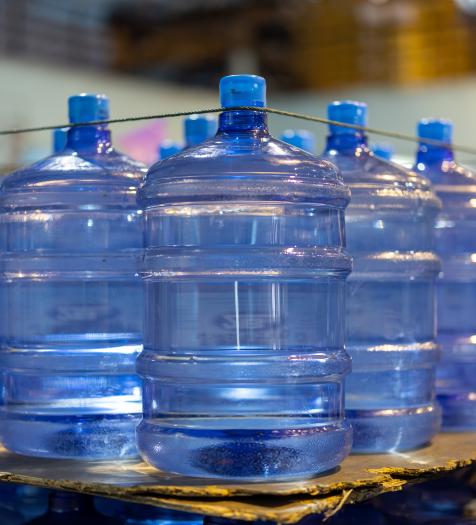Prepare for Water Emergencies

Learn to Shut off the Main Water Valve
When there is a water emergency, it is sometimes necessary to shut off the water supply to your house. Here's how:
- Look for the main valve where the water supply enters your house (usually in the basement) or in a concrete box near the street.
- If the valve is outside your house, lift the cover with a large screwdriver.
- Then, use a pipe or crescent wrench to turn off the water. (Mark the shut-off valve with fluorescent paint or tape so you can find it in the dark.)
- Drain all water from the system, including your hot water heater, if you must evacuate when the weather is cold.

Prepare an Emergency Water Supply
Unopened commercially bottled water is the safest and most reliable emergency water supply.
- Store at least 1 gallon of water per day for each person and each pet. You should consider storing more water than this for hot climates, for pregnant women, and for persons who are sick.
- Store at least a 3-day supply of water for each person and each pet (try to store a 2-week supply if possible).
- Observe the expiration date for store-bought water; replace other stored water every six months.
- Store unopened, commercially-bottled water in a cool, dry area that is not exposed to direct sunlight until the expiration date that is indicated on the bottles.
- Store a bottle of unscented liquid household chlorine bleach to use for general cleaning and sanitizing. Please see below for the proper way to disinfect your water storage container.

Help Avoid Water Emergencies
Always report broken or damaged water lines to Prince William Water immediately at (703) 335-7982.
Storing Tap Water
-
- If storing tap water, label containers as "drinking water" and include the storage date.
- Store tap water in a sanitized, sealed food-grade container in the refrigerator for up to 3 weeks.
- Do not consume stored tap water that has been subjected to fluctuations in temperature unless you:
○ Bring the water to a full rolling boil for at least one minute, then let it cool.
○ Disinfect it with chlorine bleach by adding 1/8 teaspoon (or 8 drops; about 0.625 milliliters)
of unscented liquid household chlorine (5-6%) bleach for each gallon of
water (or 2 drops of bleach each liter of water).
-
Use only food-grade water storage containers, such as those found at surplus or camping supply stores, if you plan to store tap water. Before filling the containers with clean tap water, follow these steps to sanitize them:
- Wash the storage container with dishwashing soap and water and rinse completely with clean water.
- Sanitize the container by adding a solution of 1 teaspoon of unscented liquid household chlorine bleach with one quart of water.
- Cover the container and shake it well so that the sanitizing bleach solution touches all inside surfaces of the container.
- Wait at least 2 minutes and then pour the sanitizing solution out of the container.
- Let the empty, sanitized container air-dry before use OR rinse out the empty container with clean water.
Have a Plan
-
To protect yourself and your loved ones in the event of a water emergency or a related emergency, you should create an emergency plan. To learn how to prepare for general emergencies, visit these federal and local Web sites:

